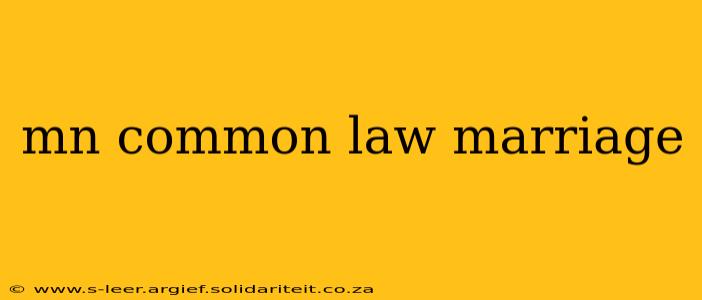Common law marriage, also known as informal marriage or marriage by habit and repute, is a legally recognized marital status in certain U.S. states, even without a formal marriage ceremony or license. This legal construct, steeped in historical precedent, continues to spark confusion and raise important legal questions. This article will explore the intricacies of common law marriage, providing a comprehensive overview of its requirements, implications, and current status.
What are the Requirements for Common Law Marriage?
The specific requirements for establishing a common law marriage vary significantly from state to state. While some states have abolished the recognition of common law marriages, others maintain them, often with stringent stipulations. Generally, these requirements include:
- Agreement: Both individuals must explicitly agree to be married. This agreement doesn't need to be formal, but it must demonstrate a clear intent to be married. Evidence often comes from witness testimonies, financial records, and joint actions presenting themselves as a married couple.
- Cohabitation: The couple must live together as husband and wife. The duration of cohabitation varies by state, but it usually needs to be for a significant period.
- Public Representation: The couple must hold themselves out to the public as being married. This involves presenting themselves as a married couple to family, friends, and the community. Examples include jointly filing taxes, sharing bank accounts, or using the same last name.
It's crucial to note: The absence of a formal marriage certificate does not automatically qualify a couple as being in a common law marriage. The three elements mentioned above—agreement, cohabitation, and public representation—must all be demonstrably present.
How is Common Law Marriage Different from a Formal Marriage?
The primary difference lies in the formality. A formal marriage involves a legal ceremony, license, and official documentation. Common law marriage lacks these formalities but, in recognized states, provides similar legal rights and responsibilities. The key difference impacts proving the marriage legally, as proving a common law marriage requires demonstrating the three elements outlined above through evidence, whereas a formal marriage has official documentation.
Which States Recognize Common Law Marriage?
The recognition of common law marriage is a state-by-state matter. Some states have entirely abolished it, while others continue to recognize it, often only for marriages that began before a certain cutoff date. It's vital to check the specific laws of the state in question to determine its stance on common law marriage. Many states that do not actively recognize common law marriage may still recognize valid common law marriages that were established in states where they are legally recognized.
States that Recognize Common Law Marriage (as of [Current Year]):
(This section requires a list of states that currently recognize common law marriage. This information is prone to change, so using a reliable, up-to-date legal resource is crucial for accuracy. Do not simply copy and paste a list from a single source; verify from multiple legal and governmental websites. )
States that Do Not Recognize Common Law Marriage:
(This section also requires a list of states that do not recognize common law marriage. Again, consult multiple reliable sources for accuracy and to ensure the information is current.)
What Happens When a Common Law Marriage Ends?
Terminating a common law marriage involves similar processes as ending a formal marriage. This typically involves:
- Separation: The couple must separate, meaning they are no longer living together as husband and wife.
- Legal Dissolution: Depending on the state, this might involve a legal process similar to divorce, requiring court proceedings to formally dissolve the marriage and address issues like property division, spousal support, and child custody (if applicable). In some states, simply ceasing to live together may be enough to end the marriage, while others require legal action.
How Can I Prove a Common Law Marriage?
Proving a common law marriage often requires extensive documentation and evidence. This might include:
- Witness Testimony: Statements from family, friends, or colleagues who can attest to the couple's representation of themselves as married.
- Financial Records: Joint bank accounts, tax returns filed jointly, and other financial documents that demonstrate a shared financial life.
- Photographs: Pictures of the couple together, possibly at events where they were introduced as husband and wife.
- Correspondence: Letters, emails, or other correspondence that refers to the relationship as a marriage.
Gathering strong evidence is critical, especially if the common-law marriage is being challenged. Consulting with an attorney specializing in family law is highly recommended.
Can I enter a common-law marriage intentionally?
While it's possible to attempt to enter a common law marriage intentionally, it's risky. The requirements are stringent, and without clear evidence of agreement, cohabitation, and public representation, the assertion of a common law marriage may not be successful. It is highly advisable to formalize any marriage through a legal ceremony and license to avoid future ambiguity and potential legal disputes.
This information is for educational purposes only and does not constitute legal advice. For specific legal advice regarding common law marriage, it is essential to consult with a qualified attorney in your jurisdiction.
